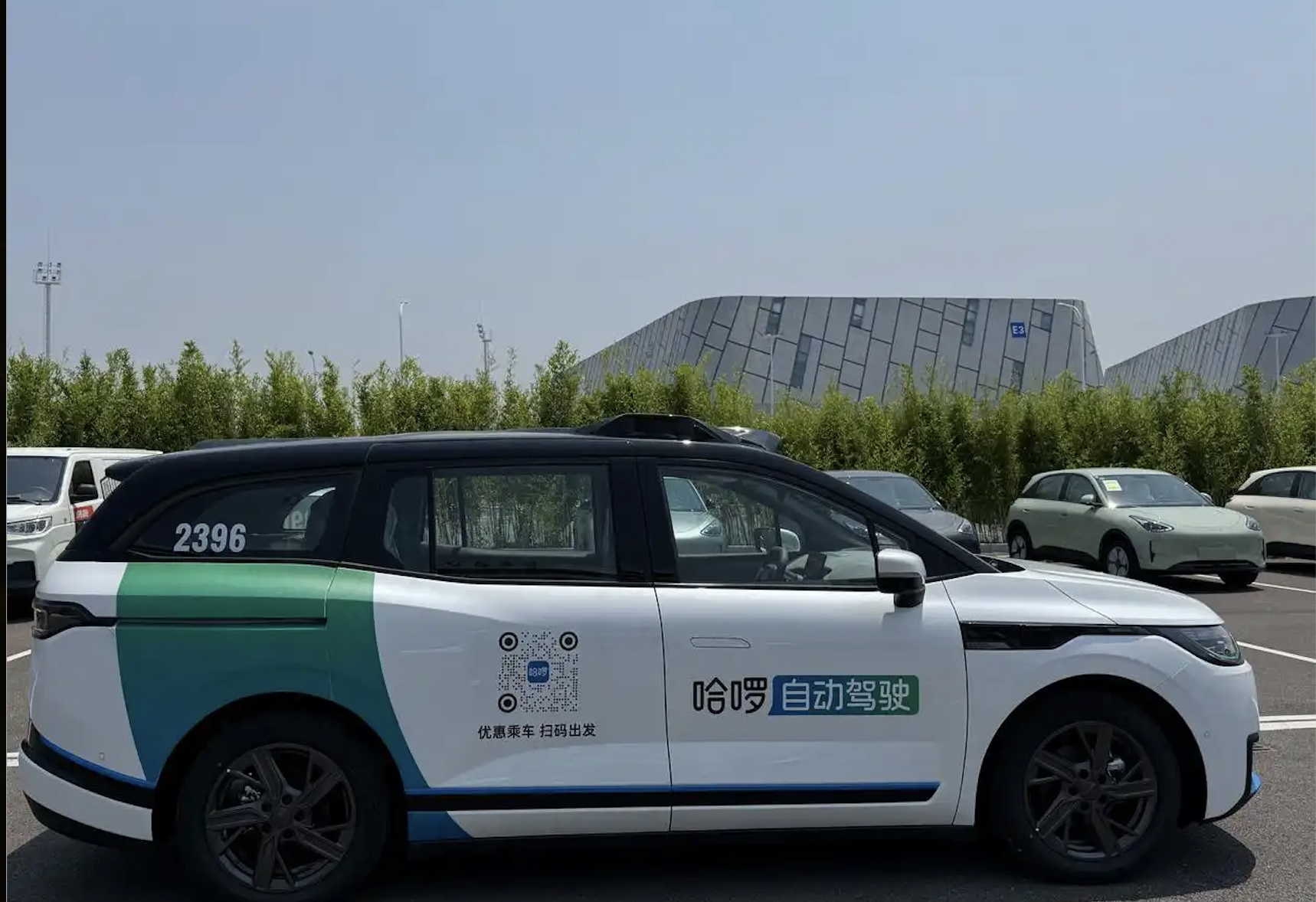
AsianFin -- Hello, a major Chinese mobility platform, is making its first official push into the Robotaxi sector with plans to build an aggregation platform for autonomous ride-hailing services — a move backed by powerful partners Ant Group and CATL, and marking a significant strategic shift toward L4-level self-driving commercialization.
On June 23, Hello announced the launch of Shanghai Zaofu Intelligent Technology Co., Ltd., a joint venture established with investment arms of Ant Group and CATL. The new company is registered with a capital of $177 million (1.29 billion RMB) and will focus on the R&D, safety systems, and eventual mass commercialization of L4 autonomous driving technology.
The three parties have committed over $420 million (more than 3 billion RMB) in initial funding. According to corporate registration information, shareholders include Shanghai Yunchang (Ant Group), Shanghai Junha (Hello), and Wending Investment (CATL).
Unlike rivals such as Baidu’s Apollo Go, which deploy proprietary fleets, Hello’s first step is to build an aggregation platform — an Uber-style marketplace — that integrates autonomous driving capacity from a wide array of automakers and AV tech providers. This strategy mirrors its successful approach in the traditional ride-hailing space.
“Robotaxi is on the cusp of a boom,” said Yolanda, Chief Scientist of Hello’s Robotaxi division and a former senior Tesla Autopilot engineer. “Hardware costs like lidar have plummeted, cities are rolling out L4 regulations, and user acceptance is steadily rising.”
Hello aims to create a modular, open operational platform that lowers barriers for vehicle OEMs and Robotaxi developers. Yolanda emphasized that Hello’s platform offers backend infrastructure support — including charging, maintenance, cleaning, and real-time mapping — to reduce partners’ offline costs.
The company is already in talks with several cities to launch pilot programs, and will first focus on domestic deploymentbefore expanding internationally.
Unlike Tesla’s pure vision approach, Hello will adopt a sensor-fusion strategy incorporating lidar and 4D millimeter-wave radar to ensure system-level redundancy. “Safety is paramount,” Yolanda said, noting that AI-driven model iteration will further enhance performance under edge cases.
She also revealed that Hello is developing its own Robotaxi in collaboration with automakers, and aims to reach commercial launch within three years. Ant Group will provide algorithmic and computing power support, while CATL will offer energy system solutions — including battery and chassis technology — to improve efficiency and reduce costs.
Yolanda estimates the future global Robotaxi market could be worth nearly $10 trillion, as lower per-unit costs and reduced operational overhead make scale feasible. “L3-level models are already entering mass production. This lays the groundwork for L4 deployment,” she said.
While current Robotaxi deployments remain limited — usually in the low thousands per city — Yolanda expects 2026 to mark a turning point. As AI, supply chains, and regulations align, she believes mass commercialization will follow quickly.
“The key is building a closed-loop system of algorithms, computing power, and data,” Yolanda noted. Drawing parallels to AI model DeepSeek, she says Hello is working on knowledge distillation neural networks and end-to-end model optimization to power its autonomous stack.
The formation of Shanghai Zaofu creates a new power center in China’s emerging Robotaxi industry. While leading players like Baidu and Pony.ai have focused on vertical integration, Hello’s platform-based approach could create a more flexible alternative — and potentially a national aggregation standard.
The move also adds to growing signs that China is preparing to scale L4 Robotaxi deployments, backed by regulatory momentum, maturing supply chains, and increasing private capital.
For Hello — best known for bike-sharing and short-distance mobility — the Robotaxi expansion signals its ambition to evolve into a full-stack urban mobility provider, backed by powerful allies and a platform model designed for scale.







